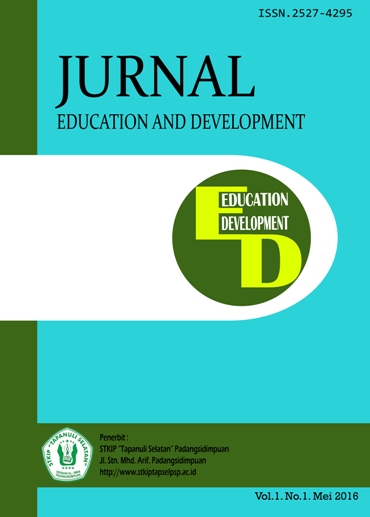IMPLEMENTASI JARINGAN SARAF TIRUAN DENGAN METODE BACKPROPAGATION TERHADAP BIBIT TANAMAN KARET
Main Article Content
Abstract
Availability of seeds is one of the critical success factors of increasing the productivity of rubber plantations, the empirical use of seeds as one component technology has made a great contribution in increasing the productivity of rubber plantations. To obtain plant materials of good quality, it is worth noting the procurement process as well as the quality standards of seeds produced, if all quality standards at every election seedlings to be planted, it is certain that the results will be planted in accordance with what had been planned as long as it is balanced with proper maintenance based technical. Artificial Neural Networks can be used to obtain information about the quality of rubber seedlings by using Backpropagation, observations and measurements of rubber seed 51 seeds were used as a sample, of 50 rubber seed of the 35 samples used as training data and 16 samples as test data, observations done by looking at the characteristics of rubber seed color, reflectivity, results marinade, long beans, broad beans and thick seeds. From the results of the training conducted by Artificial Neural Networks as many as 35 sample data by using architecture patterns 6 15 1 obtained accuracy rate of 94.29%, which means that the artificial neural network has been able to identify the quality of the rubber plant seeds, to prove the results of the training testing using a sample of 16 pieces of new data that has not been trained before, the test results showed the accuracy rate of 100%, of the test results can be concluded that the application of Artificial Neural Networks to identify quality rubber seedlings with architectural 6 15 1 more accurate compared to other architectures

